Award Winning Author
Face Reading with Before & After Photos
Six Facial Characteristics of Hunger, or When a Healthy Diet Goes Bad (Orthorexia)
Expendable Income but Calorie-Short
Look at the faces of middle-class people around you and, surprisingly, many reveal deep-set hunger. Among my Face Reading clients, I’m increasingly seeing undernourished people whose diet logs, paradoxically, show adherence to a conscientious diet. They’re proudly eating “right” but either consistently calorie-short or unable to digest what they are eating.
Hollowed eyes are a first sign of malnourishment. (Other causes of deep-set eyes include aging, dehydration, and vitamin deficiency).1 While no single facial clue gives a diagnosis, other symptoms can substantiate hunger, as you’ll see in the photos and case studies herein.
The diet log of the woman below reveals inadequate calories. While the man ate an ample vegetarian diet, it wasn’t digesting well and he was unable to gain weight.
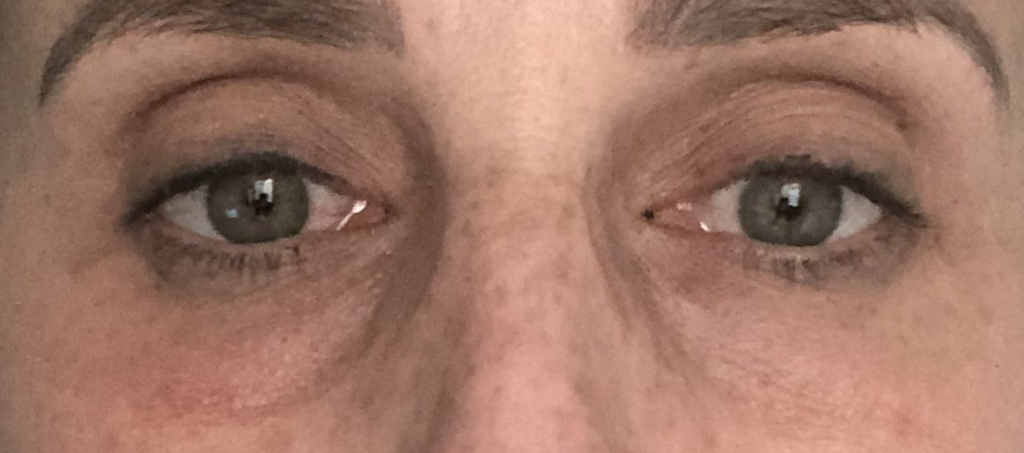
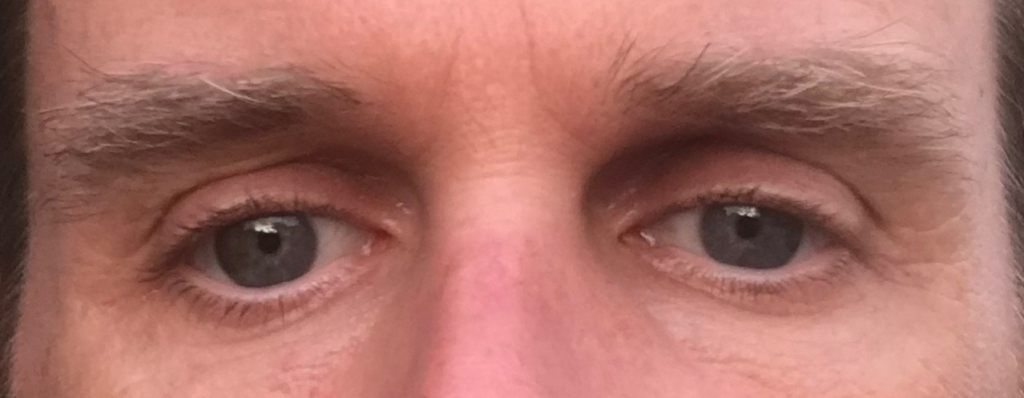
The term for a person so obsessed with eating pure that their health is compromised is orthorexia [ortho– right, correct; –exia, functional disease or condition]. It’s unlike an anorexic who limits calories from fear of gaining weight. Orthorexic’s are obsessed with eating clean ingredients. Men are as apt to suffer from this new pathology as are women.
When Specialty Diets Are the Norm
Are you gluten-free, dairy-free or avoiding certain foods? It’s both common sense and commonplace to adjust one’s diet to feel better. And it’s something we all do. We make shifts, improve and then congratulate ourselves for being on a “good” diet.
This is not orthorexia, so long as your diet is nutritionally balanced and has adequate calories. But if your food restrictions and/or obsessions increase while your energy declines, this is problematic.
To help you discern that your discipline is supporting (and not undermining) your health, here are the six facial characteristics of malnourishment. Plus, I’ll provide examples of how orthorexia manifests in ordinary people and include a before and after photo sequence of Diana, who recovered from it. Then in terms of prevention, we’ll examine this malady’s underlying causes.
Six Facial Characteristics of Prolonged Hunger
- Hollowed eye region
- Eyes look dull or flat
- Flesh in front of the ears sinks
- Lower cheeks wither
- Head appears disproportionally large for the now skinny neck and torso
- Hair thins or loses color
Collagen Loss
The main connective structural protein in our bodies is collagen and it decreases as a natural process of aging. That’s why the elderly wizen. But being undernourished also reduces this protein.
Collagen loss is first observed around the eyes of undernourished people, as that’s where our skin is thinnest. This causes the eyes to settle back into the sockets and makes them appear sunken, as we see in the photos above and below. (Of course, cosmetic fillers temporarily plump the eye region to mask a hollowed look.)
Undernutrition—An Imbalance between Energy Intake and Expenditure
If lack of nurture continues, then other fleshy facial areas loose collagen, most notably in front of the ears and the lower cheeks. Given the head’s boney and largely unpadded structure, it remains the same size. But as the bathroom scales plummet, the head now appears disproportionally large for the skinny neck and torso.
Should undernourishment persist, the eyes take on an overall dull or fatigued look, the hair thins or loses color, and the skin becomes flaky. If uncorrected, edema of the lower torso and/or limbs occurs, as we see in photos of malnourished children with enlarged bellies. The added stress of starvation compromises the immune system and overall weakness and malaise increase.
Four People Resolving Orthorexia
- Diana—Increasing Rigidity around Food Choices
Perhaps people who had childhood nurture issues, were premature or on formula, are at greater risk for orthorexia. Diana, age 39, was raised in a macrobiotic household and as her health declined, she was drawn to increasingly extreme diets. At the time of her first photo, her daily protein was limited to a few nuts and seeds and 2 ounces of chicken.
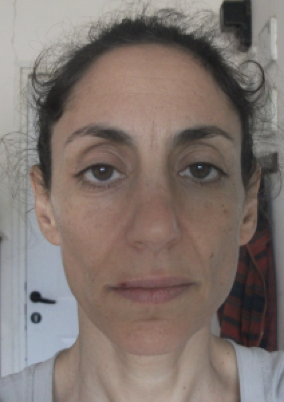
Intake 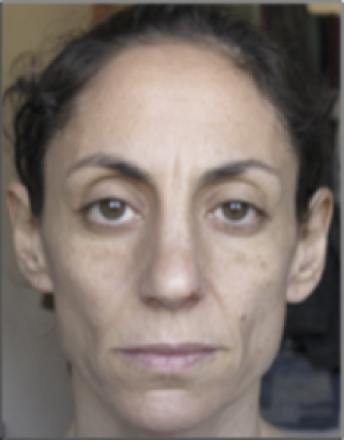
1-month later 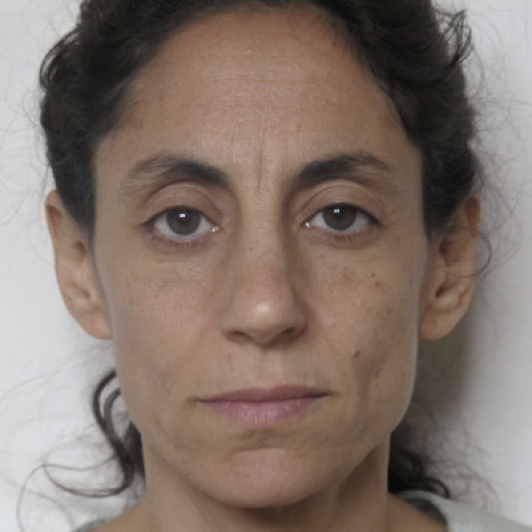
1-year later
Diana had felt poorly since the birth of her fourth child two years prior. She tried a highly restrictive diet, which, initially, seemed to address her symptoms. But her energy continued to wane and she sought my help. I made diet suggestions, and after seven days of eating a balanced diet, she emailed:
I know this is going to sound a little crazy, but in the last two days I’m beginning to enjoy life! It’s all because of the food I’m eating! I’m now excited to cook and eat. lt feels like a new romance. I feel alive and I had felt as if I was close to dying. It was scary to be so weak. Now my energy is great.
2. Megan—When Herbs and Supplements Supersede Potatoes and Carrots
As her regular diet caused bloating, Megan, a 57-year-old from Texas, kept trying herbal remedies and superfood supplements. Otherwise she primarily ate salads, kefir, and an occasional quesadilla. Her complaints included edema, pain, and digestive concerns. In her Face Reading Report I called out her undernourished symptoms. Megan replied:
[Initially] I was surprised that you saw me as being malnourished, but I now see that you’re right, I get it. Good thing I love to eat—this will be a fun fix!
3. Stephanie—Skipping and Scrimping on Meals
Stephanie, a 43-year-old working mother from Nebraska, was battling depression and anxiety. She often skipped meals and breakfast could be nothing more than yogurt or an energy bar.
The [Face Reading] report struck many chords with me. I’m beyond grateful. As for the undernourished portion—I absolutely agree—I have felt like I’ve looked almost sickly for some time. I don’t expect to be better overnight but am thankful to now be on the right track.
When, like Stephanie, we are not adequately nurtured, we are automatically anxious. If our needs are not being met, we flounder. To counter anxiety and depression, give yourself the basic building blocks for good health, which include three balanced meals per day.
4. Zita—Transitioning from a Veggie Diet
After 20 years as a vegetarian, Zita, a 42-year-old from Minneapolis, had developed leaky gut, wasn’t thriving, and needed to shift. She allowed herself 2 ounces of chicken breast at lunch and dinner. Initially she felt better. However, one year later and she still complained of low energy, anemia, hair loss, and being 10 pounds overweight.
[Note: Vegetarian diets are ethically sound and great when they are nutritionally balanced and well absorbed. Unfortunately, many contemporary people have a compromised gut that is especially challenged by the vegetarian staples: grains, beans, dairy, eggs, legumes, nuts and seeds. If you are vegetarian and not thriving, please reconsider your diet.]
Zita applied the recommendations in her Face Reading Report and one month later reported:
Thank you for your comprehensive help. The biggest learning has been recognizing how bland and boring my diet had been and that there was no joy in it. I even called my dad and asked how to prepare different types of meat. I am now thrilled to be eating a wide variety of delicious foods and to be feeling myself again.
We can almost hear her father’s sigh of relief when he got that phone call requesting the formerly verboten meat recipes. Just as we want and need to be well nurtured, so we wish for our loved ones, and all beings, to have their basic requisites.
Why Hungry People Don’t Eat Enough
Our life-force drive is a given. It’s what propels all newborns to grope for their mother’s breast. So a lack of self-nurture is fundamentally topsy-turvy. How does such a thing come about? When I pointed out Stephanie’s (#3 above) undernourishment, she aptly observed:
The odd part is that I’ve always considered myself as understanding nutrition and having an alright diet. I feel like there must be more to this undernourished piece and why it happened to me.
There’s no blame, Stephanie—we’re imbedded in a culture that offers little guidance about good eating. And it’s a given that the media and advertising confound the issue. Here’s one blatant example:
The daily lunch, and first solid food of the day, for actress Kelly Ripa, 49 years old, is an apple, 2 tablespoons almond butter, and a teaspoon of cinnamon. Otherwise Ripa eats mostly salad, tofu and supplements, according to USFood. How chilling that the media describes her diet as a “healthy eating regime.”2
Finding Your Balance
So how to proceed with good self-nurture? For support, look to reputable guides rather than the media and advertising. My suggestions for a basic healing diet are at: Clear Up Your Complexion.
Next, pay close attention to the cause and effect of how your diet serves you. Keeping a food and symptom log helps. Also use Face Reading to effectively track results. For the basics of this traditional art, refer to the numerous blogs on this page. Or, if you wish individual support, order a Face Reading Report.
Note: A sincere thanks to my clients for sharing their stories and to the three who granted photo permission.


Hi Rebecca,
I’m so happy I’ve come across your work – it is fascinating.
My partner and I recently did a very restrictive “carnivore” elimination diet, but have had unfortunate results on our faces – we believe we became malnourished.
The skin around our eyes and cheekbones lack elastin/collagen (something we weren’t expecting while consuming nutrient-dense foods – including organs) but the most upsetting result is we both have developed a diagonal line/groove running from our inner eye outwards through our cheeks which is particularly visible in certain lighting.
Any ideas of what this might be a sign of? We’re quite concerned that it could be irreversible and we’ve damaged our health.
Many thanks,
Jasmine
Jasmine, I’m sorry to hear of your health concerns. How disheartening to conscientiously undertake a “pure” diet that backfires. It’s great that you’re being so observant. I cannot comment about the lines without seeing them.
Our bodies are resilient. From today, give yourself the nurture you need (and, as necessary, digestive supplements) and your body will thrive. If you so wish, I can provide targeted detail in a Face Reading Report. Good luck.
Hi Rebecca, thank you so much for getting back to me. I will do as you have suggested, supplement with digestive enzymes and focus on my nutrition. Hopefully, these small changes will help to turn my health around – I’ll see how I get on, and if no luck shall be in contact for a Face Reading. Thank you!
Sounds good. Be sure that each meal has adequate fat and protein. See my “Complexion” blog for more diet details. You can do it. Good luck.
Hi, Rebecca.
If you have any current commentary on the preparation of the aforementioned vegetarian staples for optimal absorption and nutritional balance, it would be great to know your vision, either in a reply here or in a future blog post. It seems that attempts at balanced vegetarian living can often lead one down the path to orthorexia; yet the thought of success at such endeavors in those without a majorly compromised gut is awfully inspiring.
with appreciation,
Mark
Mark, Thanks for your thoughtful input. I believe that anyone who deeply considers the matter would opt for a plant-based diet. Unfortunately, that’s not always in one’s best interest. To successfully be vegetarian involves several steps.
1. Favor quality, freshly home-prepared and easily digested and nutritionally balanced whole food meals. Favor hull-less grains (white rice, pearled barley). Soak (and sprout) other grains, beans, nuts and seeds.
2. Maintain a healthy life-style.
3. Use digestive supplements as necessary. Face reading helps you track your digestive prowess.
4. If necessary, to help your gut mend, give yourself permission to eat meat medicinally. When well, you may resume your vegetarian preferences.